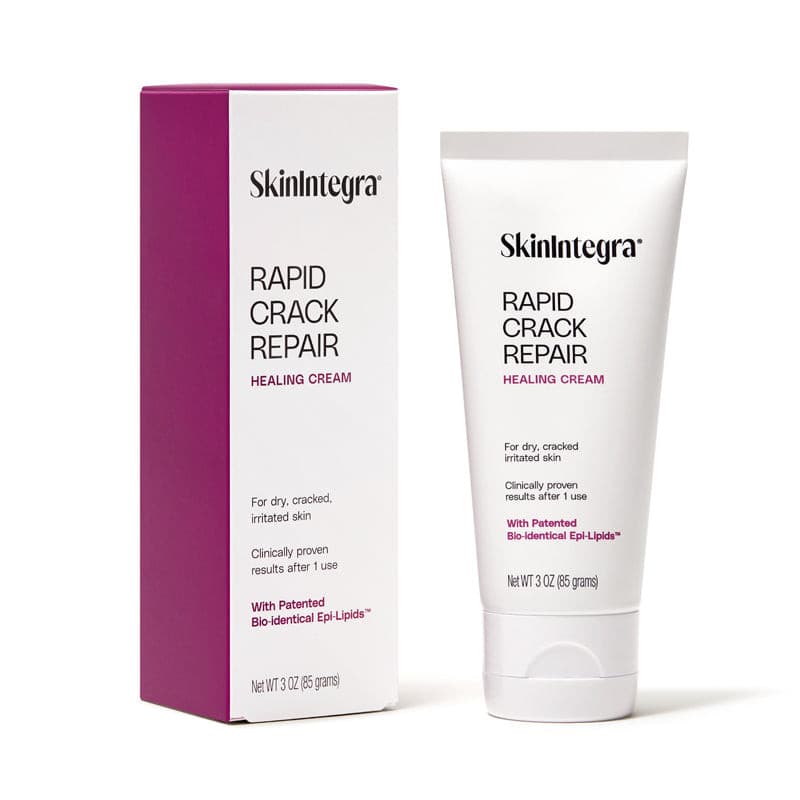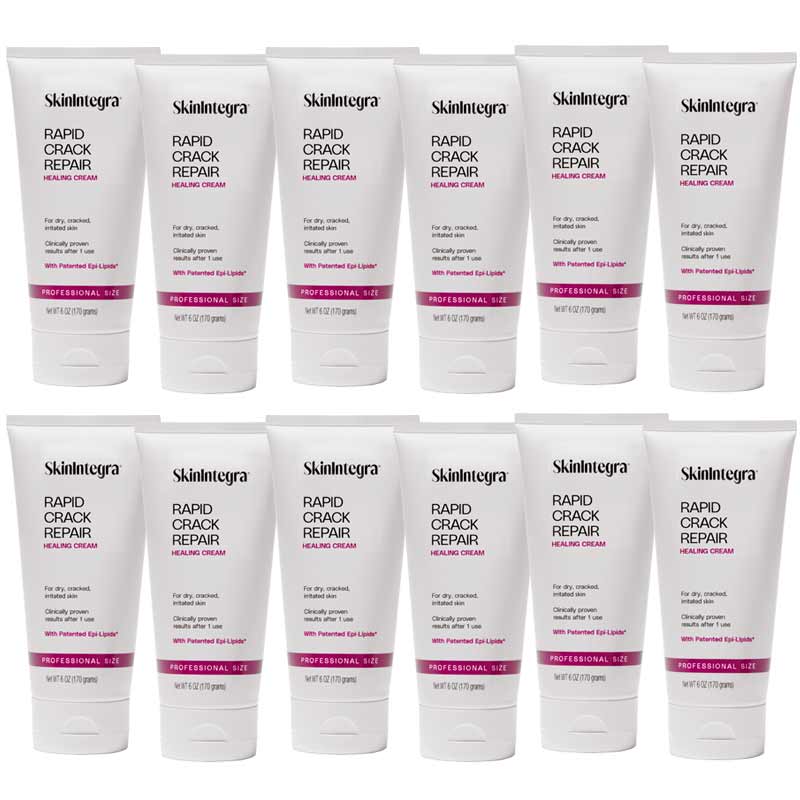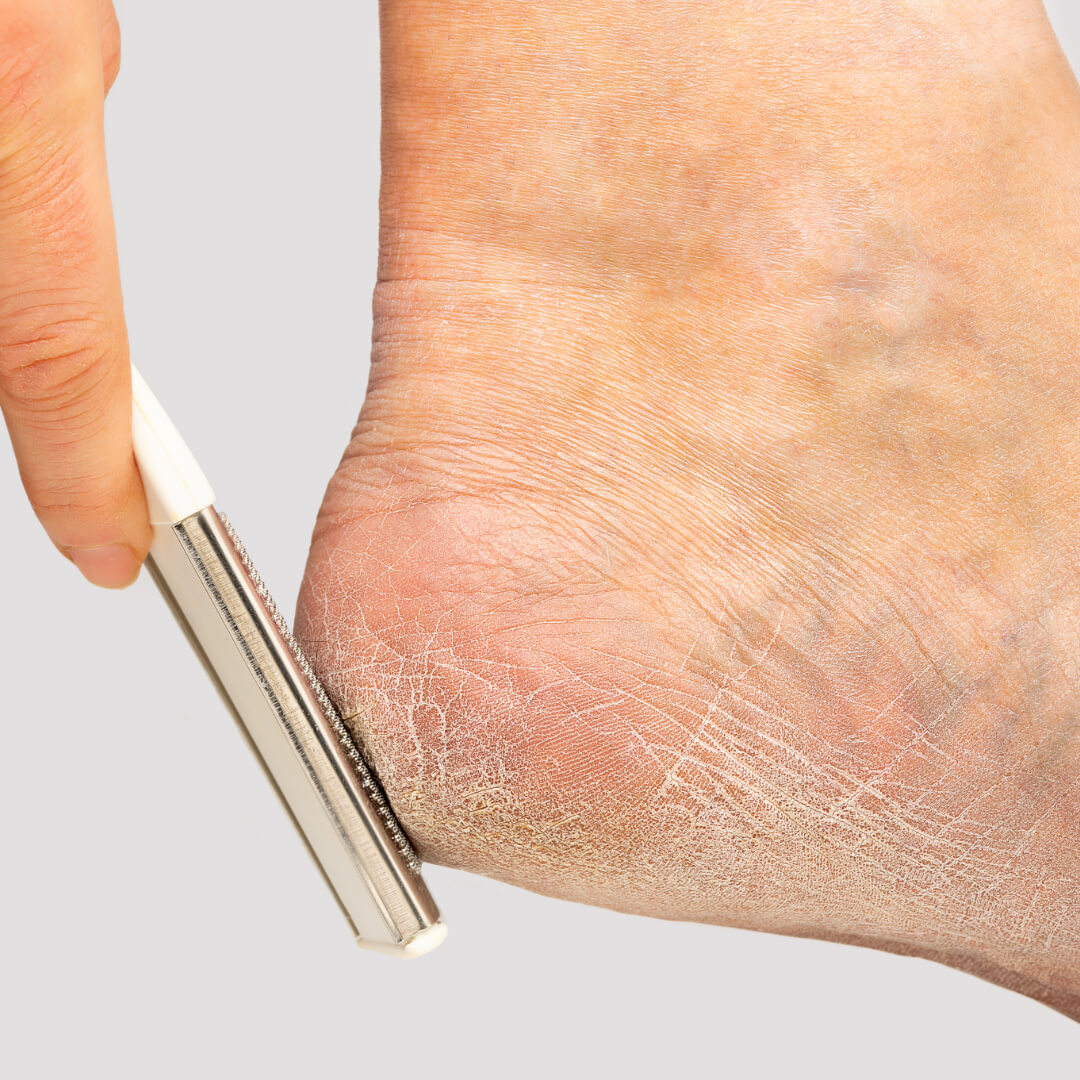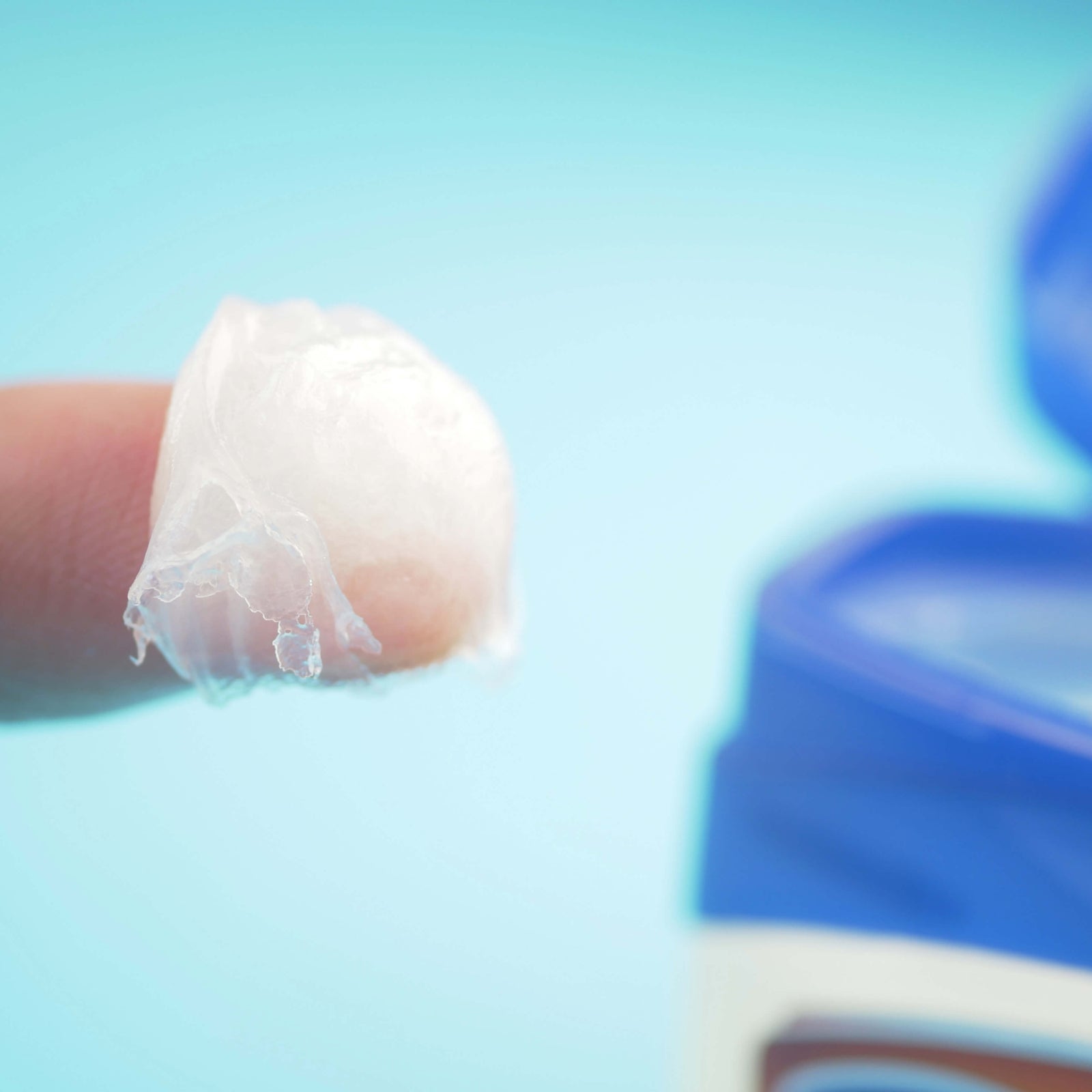Winter can be a challenging time for those living with diabetes, especially when it comes to foot care. The combination of cold temperatures, dry indoor air, and reduced circulation can lead to dryness and cracking, making diabetic feet particularly vulnerable. Proper foot care is essential to prevent complications such as infections or ulcers, which can be especially difficult to heal in diabetic individuals. This article will explore the causes and symptoms of dry diabetic feet, how winter can exacerbate the condition, and provide practical tips to keep your feet healthy throughout the colder months.
Causes and Symptoms of Dry Diabetic Feet
Diabetes can affect the skin in various ways, with dry feet being a common issue. The primary cause is diabetic neuropathy, which can damage the nerves, particularly in the lower extremities. This damage often reduces the ability of the skin to produce the moisture needed to stay hydrated. Additionally, diabetes can impair blood flow to the feet, further complicating moisture retention and healing processes.
The symptoms of dry diabetic feet include itching, flaking skin, rough patches, and, in severe cases, cracking and bleeding. These symptoms can make the skin more susceptible to infections, which may be harder to heal due to impaired circulation. In extreme cases, untreated dry feet can lead to ulcers, which pose a serious risk to overall foot health.
How Winter Worsens Dry Diabetic Feet
The winter season can significantly worsen the symptoms of dry diabetic feet. Low temperatures and humidity levels reduce the moisture content in the skin. As the cold air outside strips moisture from the skin, heated indoor environments can compound the problem by further drying out the air. This combination makes it difficult for the feet to retain moisture, increasing the risk of cracks and infections.
Moreover, diabetic individuals may already have compromised circulation, which means their extremities are less able to stay warm and receive sufficient blood flow. The cold can further restrict blood flow, making the skin even more vulnerable to dryness and slow healing. For this reason, taking proactive measures during the winter months is essential for maintaining the health of diabetic feet.
10 Winter Tips for Dry Diabetic Feet
-
Moisturize Regularly, But Avoid the Toes
Moisturizing is a crucial step in maintaining the skin's hydration during winter. For dry, diabetic feet, it’s best to use rich, fragrance-free creams or ointments that contain ingredients like urea, shea butter, or ceramides. These ingredients help to retain moisture and repair the skin barrier. Avoid lotions that contain alcohol or fragrances, as they can further dry out the skin. Salicylic acid is also contraindicated for individuals with diabetes as it can cause irritation and potentially lead to open wounds. Apply the moisturizer after bathing when the skin is slightly damp to lock in moisture. However, it’s important to avoid applying lotion between the toes, as excess moisture in this area can lead to fungal infections. Focus instead on the tops and bottoms of your feet. -
Wear Warm, Breathable Socks
Keeping your feet warm is essential to improving circulation during the colder months. Choose socks that provide insulation but are also made from breathable materials like wool blends. These types of socks help to retain heat while wicking away moisture to prevent sweat buildup, which can lead to fungal issues. It’s also helpful to look for seamless socks to prevent irritation and blisters. -
Inspect Your Feet Daily
Cold weather can make it easy to neglect daily foot care, but regular inspection is especially important for those with diabetes. Check for any new cracks, cuts, blisters, or redness. Use a mirror or ask for help if you have difficulty seeing the bottom of your feet. Catching issues early can prevent them from becoming serious problems. -
Stay Hydrated
Drinking enough water helps keep your skin hydrated from the inside out. Even though it’s easy to forget about hydration in the winter, maintaining proper water intake can have a positive impact on your skin's overall moisture levels. Aim to drink at least 8 glasses of water a day, and try to limit caffeine and alcohol, which can dehydrate the body further. -
Avoid Hot Water for Baths and Showers
A hot bath or shower can feel great on a cold day, but it can strip the skin of its natural oils, leading to increased dryness. Instead, opt for warm—not hot—water, and limit your bath or shower time to 10-15 minutes. Pat your feet dry gently with a towel afterward, paying close attention to the area between the toes, and then apply moisturizer. -
Use a Humidifier at Home
The dry air in heated homes can make dry skin worse. Using a humidifier can add moisture back into the air, creating a more skin-friendly environment. Place a humidifier in the rooms where you spend the most time, such as your bedroom, to help keep your skin from drying out. This can significantly reduce the likelihood of developing dry patches and cracks on your feet. -
Choose Properly Fitting Winter Footwear
Footwear is critical in winter, especially for individuals with diabetes. Shoes that are too tight can restrict circulation and cause friction, leading to blisters or sores. On the other hand, shoes that are too loose may fail to keep your feet warm. Choose insulated, waterproof shoes that fit properly to keep your feet warm and dry. Adding extra cushioning insoles can also provide support and warmth. -
Avoid Walking Barefoot
Even indoors, it’s important not to walk around barefoot. Doing so can increase the risk of injury, especially if the skin on your feet is dry and more susceptible to cracking. Always wear slippers or socks with non-slip soles to protect your feet and keep them warm. This simple habit can help prevent accidental cuts, bruises, or cold exposure. -
Elevate Your Feet to Improve Circulation
Elevating your feet can help improve blood flow, which is especially important in the colder months when circulation tends to decrease. Prop your feet up on a pillow or cushioned footrest while sitting or lying down. Even elevating your feet for 10-15 minutes a few times a day can make a difference in reducing swelling and promoting better circulation. -
Consult a Podiatrist for Professional Advice
Regular check-ups with a podiatrist are especially important for diabetic individuals, as they can help detect and treat issues before they become serious. A podiatrist can recommend the most suitable foot care routine and products for your specific needs. If you notice persistent dryness, signs of infection, or other abnormalities in your feet, schedule an appointment to ensure proper treatment and to prevent complications like ulcers or infections.
Discover the best moisturizer for dry, diabetic feet

SkinIntegra’s Rapid Crack Repair Cream was specifically formulated to accelerate healing in dry, cracked feet in individuals with diabetes. Its patented composition is the result of research into all the components of a healthy skin barrier. For that reason, it includes all the essential moisturizing and lipid ingredients naturally found in a healthy skin barrier such as urea, lactic acid, hyaluronic acid for moisturizers and essential fatty acids, natural oils and ceramides for lipids. Automatically recognized by our skin, this formula adapts to the skin’s specific condition by replenishing exactly what is missing.
In a clinical study, 100% diabetic subjects with dry, cracked skin showed improvement after just one day.
Rapid Crack Repair Cream is free of common skin irritants which can cause a reaction and slow the natural healing process in diabetic skin such as fragrances, dyes, parabens and other harsh preservatives, petroleum-based ingredients, and phthalates.
Conclusion
Caring for dry diabetic feet during the winter requires a combination of vigilance and gentle care. By understanding the ways that winter conditions can exacerbate dryness and taking steps to mitigate these effects, you can protect your feet from the complications that can arise from diabetes. Regular moisturizing, wearing the right socks, and making simple lifestyle adjustments like staying hydrated and using a humidifier can make a significant difference in maintaining the health of your feet. Prioritizing foot care throughout the colder months will not only help you avoid discomfort but will also prevent more serious issues from developing. Remember, if you notice any persistent issues or signs of infection, it’s important to consult a healthcare professional, such as a podiatrist, for further guidance.





